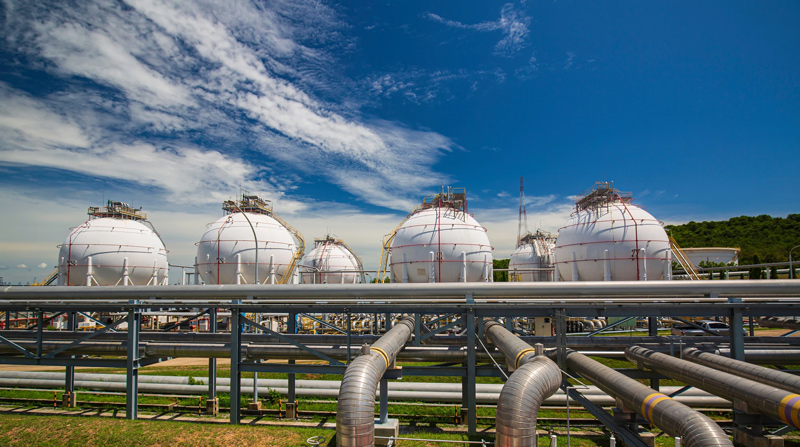The liquefied natural gas (LNG) industry plays a pivotal role in the global energy landscape, bridging the gap between energy-rich regions and markets striving for sustainable growth. LNG is natural gas, primarily methane, cooled to -162°C, transforming it into a liquid state that reduces its volume by 600 times, enabling efficient long-distance transport via specialized carriers. This process, known as liquefaction, has revolutionized energy access, allowing countries without domestic reserves to secure reliable supplies, thus enhancing global energy security and diversification.

The LNG industry relies on specialized valves designed to handle extreme cryogenic temperatures (-162°C/-260°F), high pressures, and stringent safety requirements. Valves must ensure leak-tight performance, durability, and compliance with international standards. Below are the key valve types used in LNG applications:
1. Cryogenic Ball Valves
Function: Isolation and flow control.
Design: Full-bore design to minimize pressure drop; extended bonnet/stem to keep seals away from cryogenic temperatures.
Materials: Stainless steel (e.g., 316L), nickel alloys (e.g., Inconel), or duplex stainless steel for low-temperature toughness.
Applications: LNG storage tanks. Loading/unloading arms for LNG carriers. Pipeline isolation.
2. Cryogenic Gate Valves
Function: On/off isolation in high-pressure systems.
Design: Wedge or slab gate design; bellows seals to prevent fugitive emissions.
Materials: Stainless steel or low-temperature carbon steel.
Applications: LNG liquefaction plants. High-pressure gas pipelines.
3. Cryogenic Globe Valves
Function: Precise flow regulation and throttling.
Design: Plug or needle-type disc; extended stem for thermal insulation.
Materials: Stainless steel with graphite or PTFE packing.
Applications: LNG vaporization systems. Process control in liquefaction units.
4. Check Valves (Non-Return Valves)
Function: Prevent backflow in pipelines.
Design: Dual-plate, swing, or lift-check configurations; cryogenic-rated springs.
Materials: Stainless steel or nickel alloys.
Applications: LNG pump discharge lines. Compressor systems.
5. Cryogenic Butterfly Valves
Function: Isolation and throttling in large-diameter pipelines.
Design: Triple-offset metal-seated design for zero leakage; fire-safe certification.
Materials: Stainless steel body with PTFE or graphite seals.
Applications: LNG tanker cargo systems. Regasification terminals.
6. Safety Relief Valves
Function: Overpressure protection.
Design: Spring-loaded or pilot-operated; calibrated for LNG’s low-temperature vaporization.
Materials: Stainless steel with cryogenic-compatible elastomers.
Applications: LNG storage tanks. Liquefaction and regasification units.
7. Control Valves
Function: Automated flow, pressure, or temperature regulation.
Design: Pneumatic or electric actuators; positioners for precision.
Materials: Stainless steel with cryogenic-grade trim.
Applications: LNG processing plants. Boil-off gas (BOG) management systems.